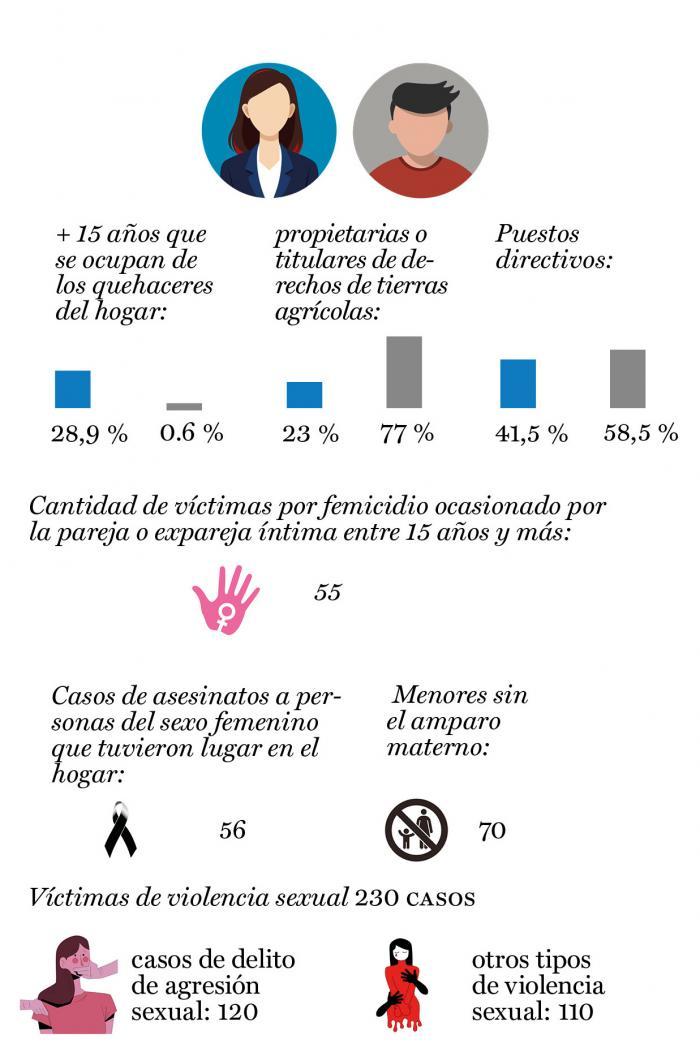
With data that reflect both progress and worrying realities, 21 of the 33 indicators of the Observatory of
Cuba on Gender Equality (OCIG, for its Spanish acronym) were updated, selected by each Area of Special
Attention, research and reports with a gender focus.
Among the novelties are the incorporation of the population interface corresponding to 2024, and a
provincial and municipal dashboard that allows analyzing data from 2013 to the present and, in addition,
demonstrates the forms of calculation, periodicity, territorial and thematic disaggregation, which
facilitate the detailed monitoring of key indicators such as women's economic empowerment,
education, access to decision-making, sexual and reproductive health, and gender violence.
Anays Montequín Jiménez, senior national statistician of the Center for Population and Development Studies, pointed out that this tool, which compiles, processes and makes visible the progress and challenges in terms of equity, shows that women occupy 44.2% and men 55.8% of the seats in the municipal assemblies of the People's Power.
Likewise, she clarified, challenges still persist, such as the disproportionate burden of unpaid domestic work that falls mainly on women, with emphasis on rural areas, where 35% of them are engaged in housework.
On the other hand, under the heading of women who have been victims of gender violence -indicators that are updated annually- OCIG reported a total of 76 women, aged 15 years and older, victims of femicide at the hands of their partners, ex-partners or other persons, known in judicial proceedings in
2024.
The highest rates are registered in the provinces of Havana, Santiago de Cuba and Matanzas, and there are more cases in urban areas than in rural areas.
Other novel aspects in this line, added Montequín Jiménez, are the disaggregation by age groups, skin color, type of disability, labor link, whether the event took place at home, and minors who were left without maternal care.
Regarding the fertility rate of adolescents between 10 and 14 years old and between 15 and 19, it is appreciated that, since 2015, the first group remains with values ranging between 1.2 and 1.5 births per 1,000 girls. And in the second, 50 births per 1,000 women of those ages are perceived.















